How to Choose the Right Enclosure Manufacturer for Your Electronic Device
In the hyper-competitive world of consumer electronics and industrial devices,…
[GTranslate]


In the hyper-competitive world of consumer electronics and industrial devices,…
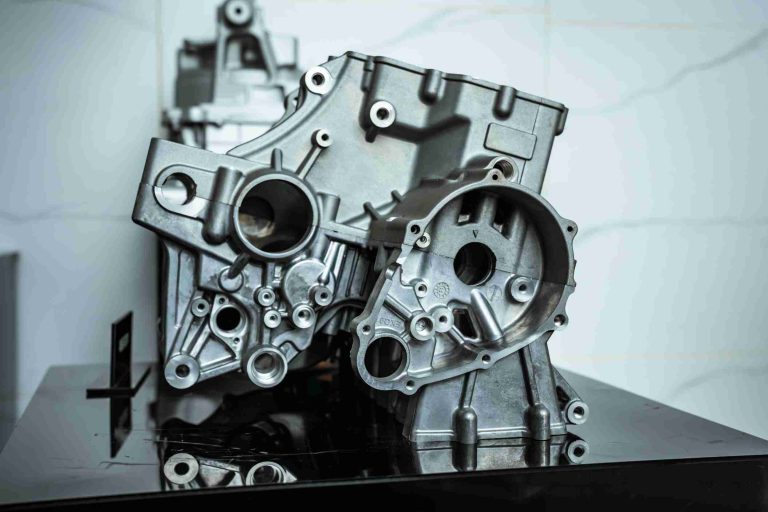
In today’s pursuit of carbon neutrality and electrification, every gram…

The choice of process determines a part’s performance, cost, and…

What Is the Best Casting Method for Automotive Parts?
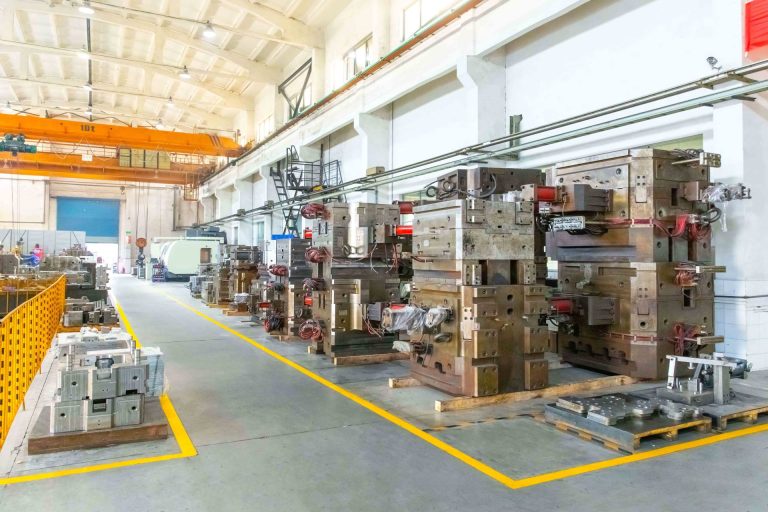
How Do I Choose Between Sand Casting and Investment Casting?
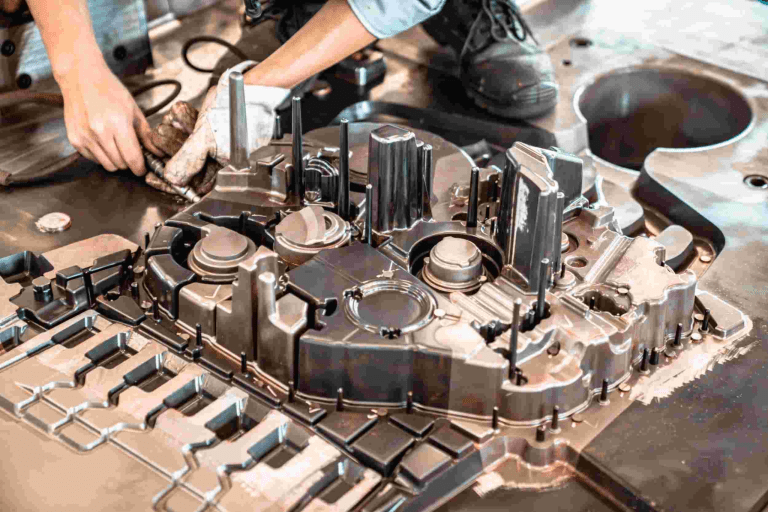
Casting is a fundamental manufacturing process used to create complex metal parts by pouring molten metal into a mold. Sand casting and die casting are two of the most common methods, each with distinct advantages, applications, and cost implications.
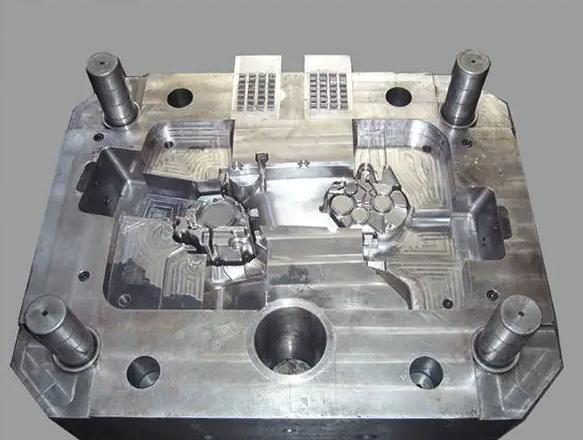
Casting is a foundational process in manufacturing, enabling the creation…

Die casting is a manufacturing process where molten metal is injected…
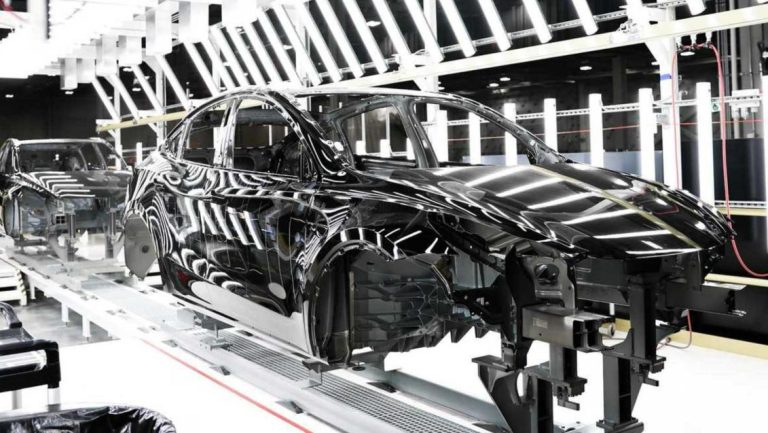
The automotive manufacturing industry has been seeking ways to improve efficiency,…
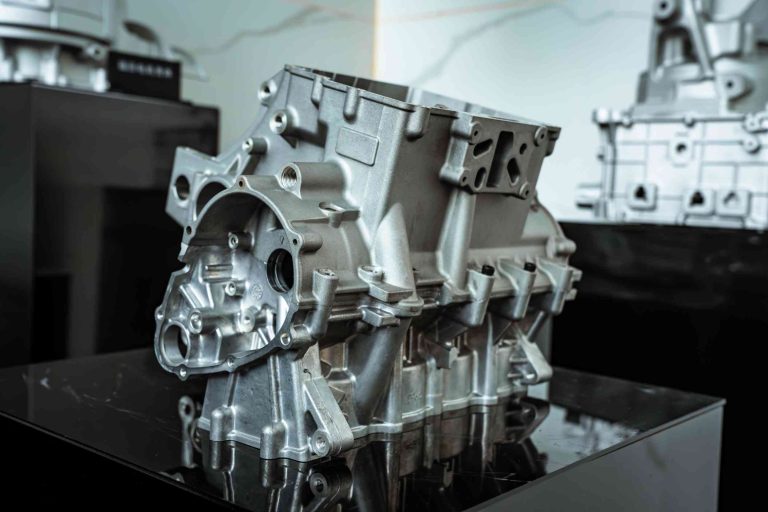
Casting processes hold a pivotal role in manufacturing, serving as the…
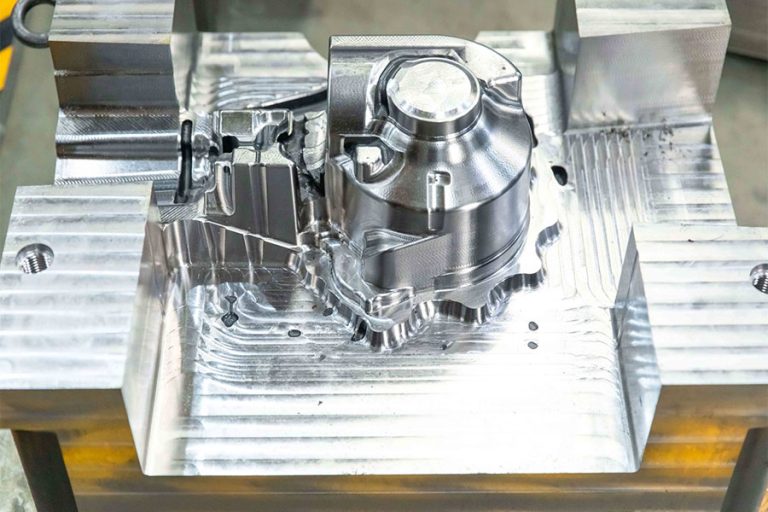
In modern industrial production, high-pressure die-casting technology is widely used…
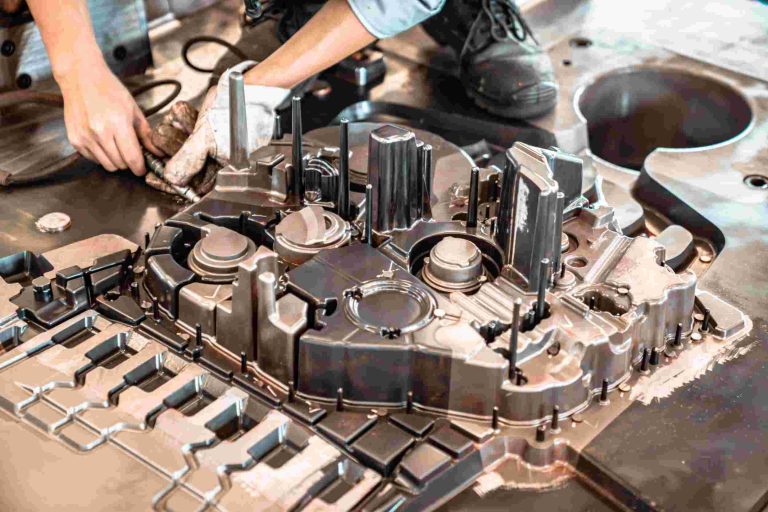
Die casting molds are at the heart of the die casting…
Request A Quote